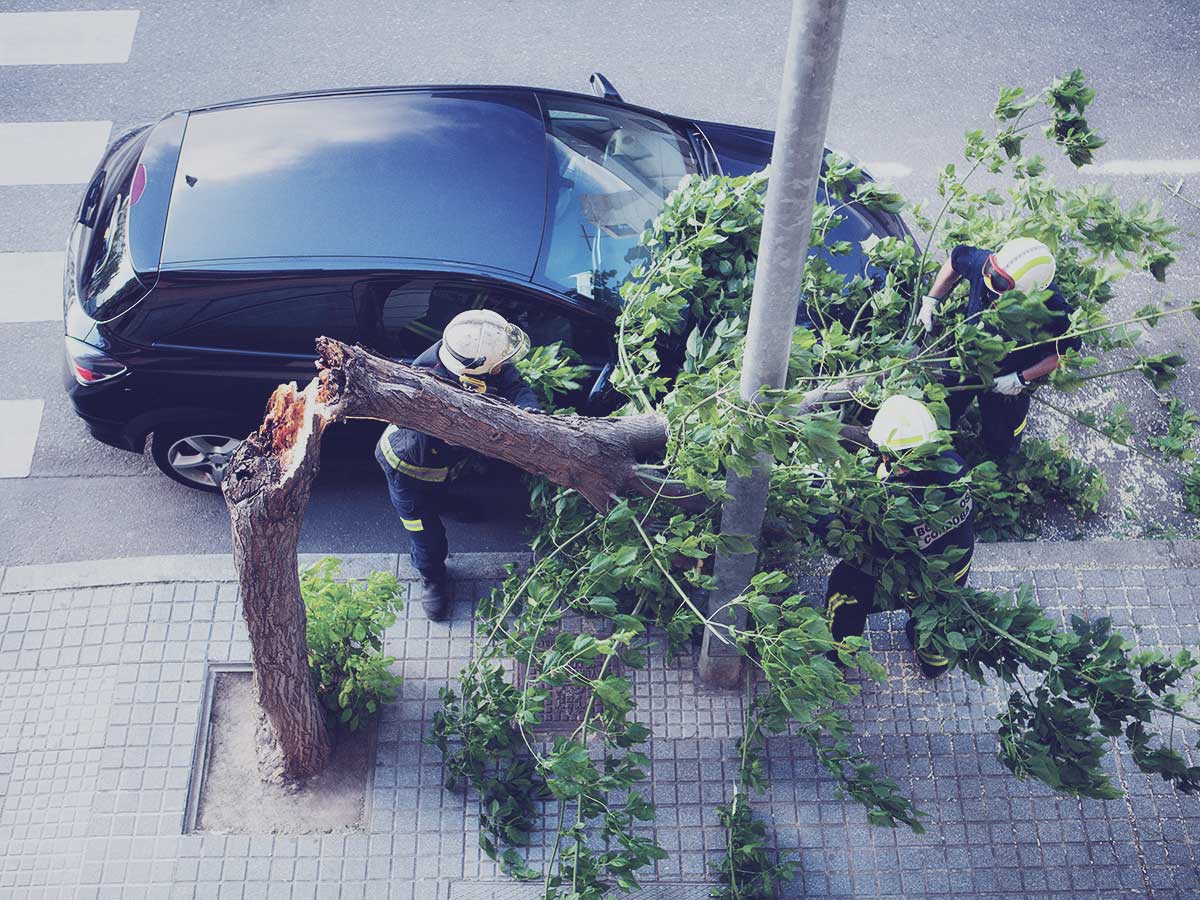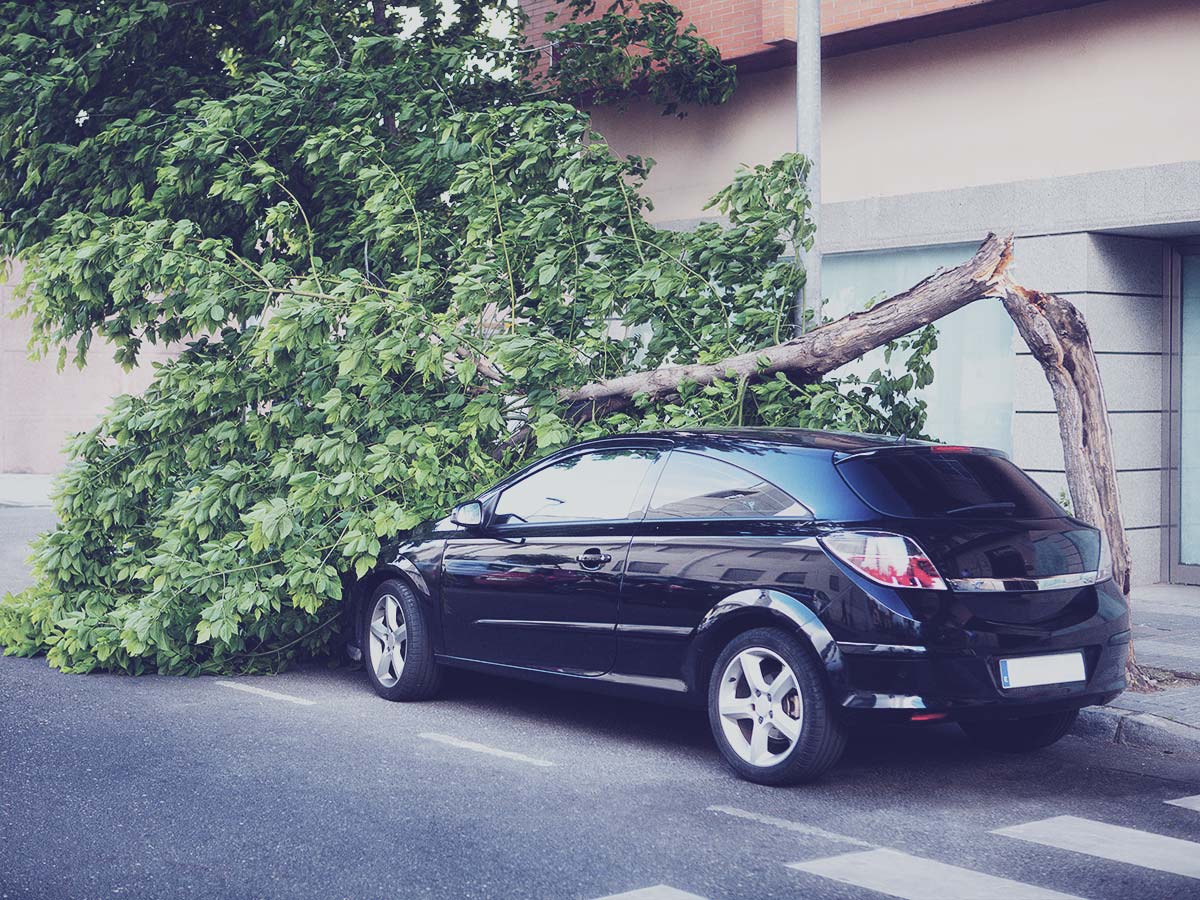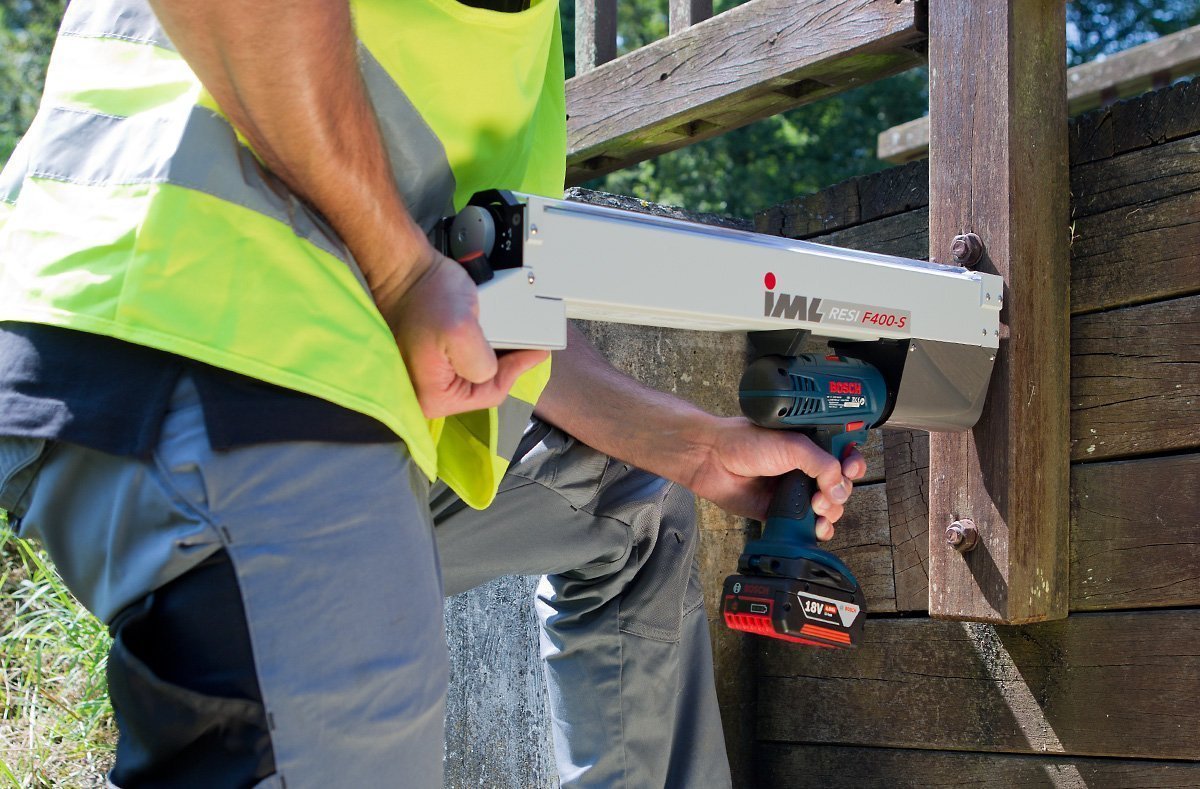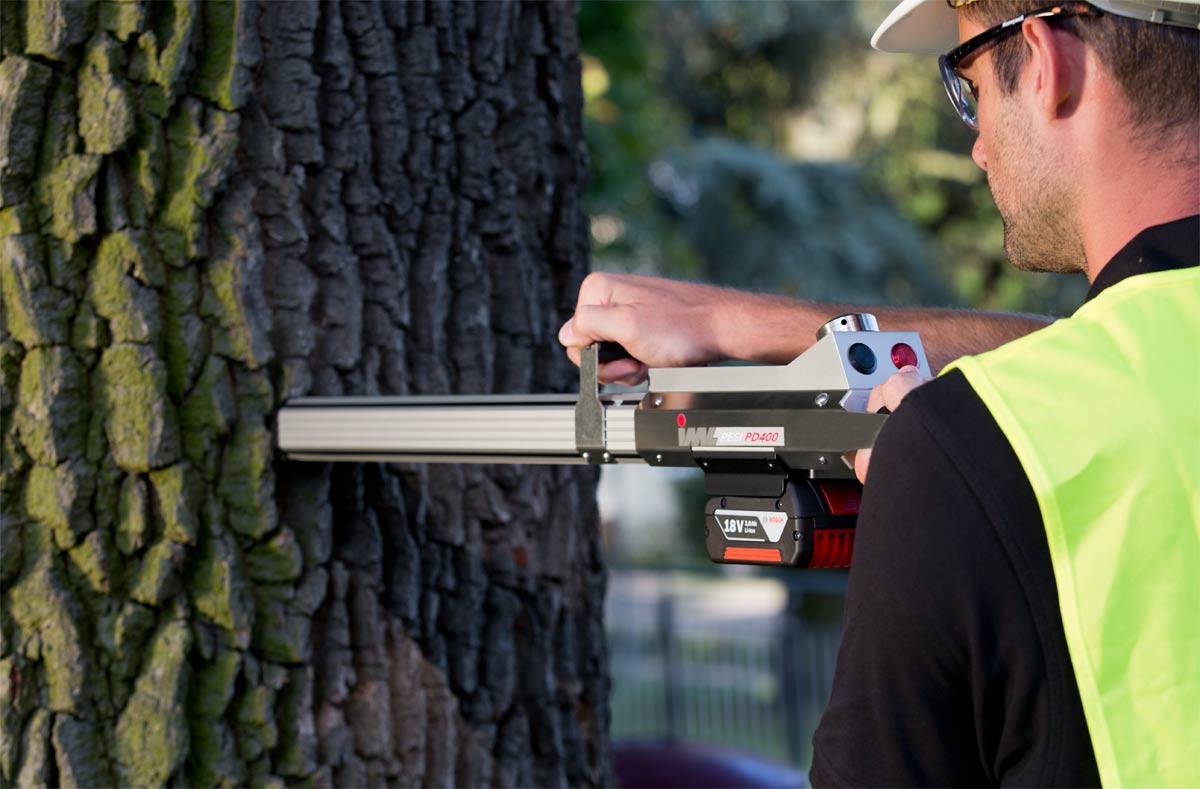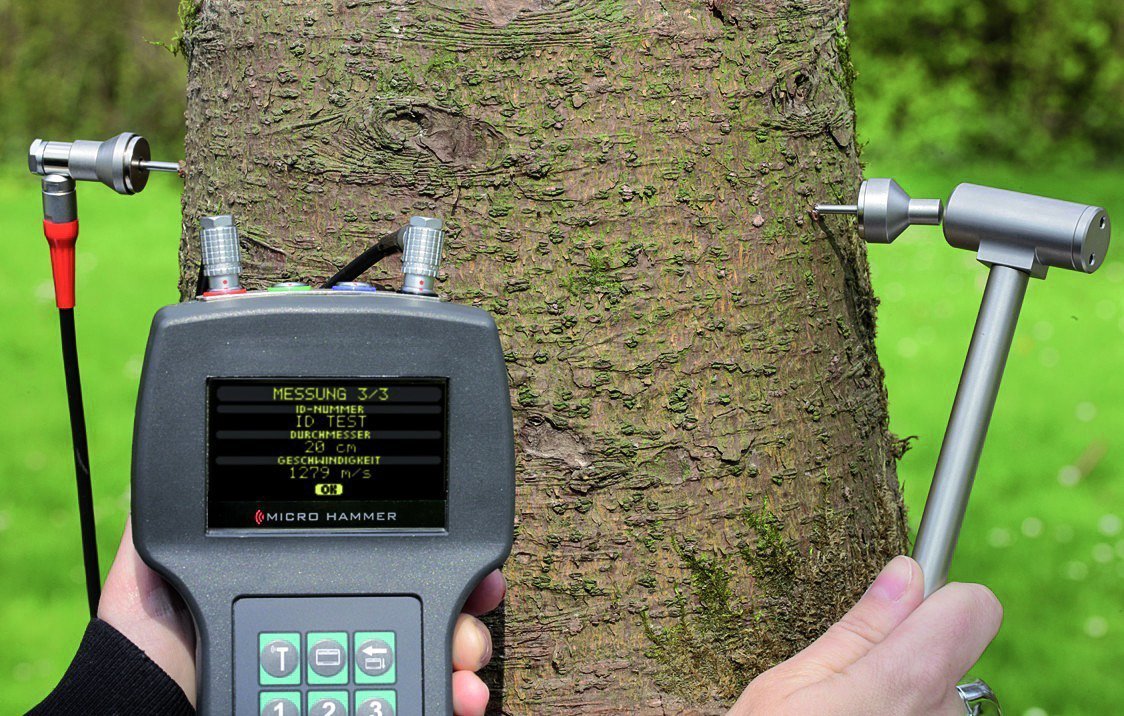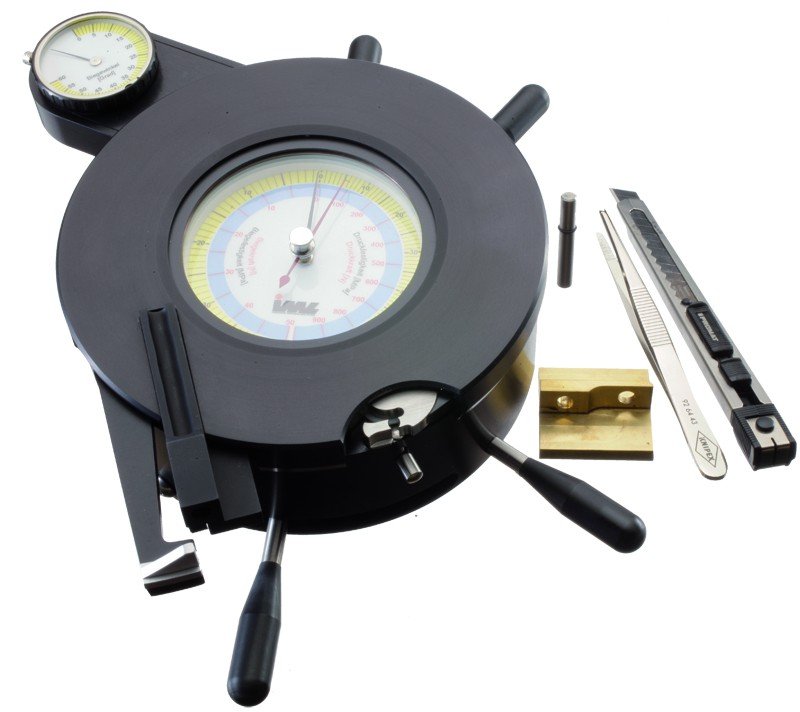Road safety for trees
Inhalt
Inhalt
Road safety for trees
They enliven the cityscape and loosen up urban spaces, provide shade in summer and delight with colourful foliage in autumn: Trees have become an indispensable part of our everyday life and are of immense importance for humans and the environment, not only in terms of climate protection. However, these silent giants that line our streets do not only bring positive aspects with them. Particularly in the case of damage, a costly legal dispute often develops around the tree, because it is not always clear who is responsible if a tree loses a branch and this subsequently causes damage on a parked car – or if people are injured by falling branches or falling trees. Have you ever thought about the topic “Safety obligation for trees”? Who has to pay for the damage and what are the dangers of trees? The resulting danger of trees should not be underestimated! We have therefore taken up the subject of traffic safety for trees and have researched who is actually responsible for birch, beech, oak and other trees in the case of a damage. An exciting topic is also the tree inspection, which is the basis for the decision of a further investigation using specific measuring techniques such as a drilling resistance measuring instrument. Often it is the measuring technique that provides the decisive information about the breakage and stability of the tree in combination with the visual response to make a statement about the safety obligation of the tree. Forward looking tree inspections and tree care not only serve the purpose of safety, but can also save a not inconsiderable amount of money in the long run.
To sum up: The dangers outgoing by trees can be avoided by regular tree inspections. Clearly, prevention measures are probably the best choice to avoid physical damage or capital loss on the basis of case law, which is also in line with the duty of traffic safety.
Who is responsible for the road safety for trees as defined by the law?
In principle, the person responsible for traffic safety is always the person “whose area of responsibility contains a source of danger”. In concrete terms, this means in relation to the tree population: Trees standing on a private property are the responsibility of the property owner.
Who exercises the power of disposition over a property – usually this is the owner – must ensure that no risk of danger to others runs from his property. Of course, this also applies to the tree population on the property, which must be secured as far as reasonable and possible, if the tree population could run danger to other persons. Incidentally, it is irrelevant whether the owner of the property is a private person or in public hands – the jurisdiction is the same in both cases. The clear allocation is more complicated in the case of trees standing on a public road. Here, on the one hand, the owner of the property on which the trees grow can be held responsible for traffic safety, but on the other hand, the corporation that has opened up traffic on the road and manages the road is also responsible for safety. Usually in the case of disputes, responsibility is clarified in individual judgements by the courts. The classification is clearer if the damage involves trees that are part of the street vegetation. Trees which belong to the so-called “roadside greenery”, can be assigned to the road and, in the case of damage, lead to liability of the party responsible for traffic safety, for example the municipality or town.
A regular tree inspection effectively protects against accidents and damage
The VTA method has established itself worldwide as a systematic tree inspection. VTA is the abbreviation for “Visual Tree Assessment” – in approach that analyzes and interprets the body language of the trees and helps to recognize natural warning signals at an early stage and to react appropriately. In a VTA analysis, the stability and breakage safety of the tree population is checked, defects are measured and the data is prepared for further steps and decisions. The basis of the method / measure is the knowledge that trees react to damage with a change in growth. The visible changes that occur on the trunk or branches are clearly recognizable symptoms that indicate the condition of the tree. In the VTA method, these symptoms are assigned to specific damages – and you receive a comprehensive evaluation of the tree condition. The tree is measured using highly specialised, state-of-the-art technical equipment. Existing damage is securely documented and verifiable. In many cases, devices from IML are used which, among other things, provide digital measurement curves for later analysis and evaluation.
What technology do such devices work with?
Drill resistance measurement
In order to achieve meaningful and reliable measuring results, a drilling needle is pressed into the wood with a drilling resistance measuring device with a steady feed speed, for example with a device of the IML-RESI F-Series. During the drilling process, the energy required for this is measured in relation to the penetration depth of the needle. When implementing a measurement, the drilling resistance is transferred directly to the needle and is being recorded.
Feed force measurement
In hard tree species, however, the drilling resistance can be influenced by shaft friction (drilling chips in the drill channel clamping against the rotation of the needle), so that declines in the measurement curve caused by decay are attenuated. For even more meaningful measuring results, the most modern drilling resistance measuring devices additionally work with a measurement of the feed force. Here the force is measured to push a needle forward. This value is only slightly influenced by the scouring friction and is used in combination to analyze and detect damage even better. The drilling profiles plotted over the drilling depth can be digitally transferred to a computer or iPad and can be made available.
Sound velocity measurement
With the Micro Hammer, damage within a tree can be determined by an almost non-destructive sound velocity between sensors. The decisive factor here is how long a sound impulse takes to travel through the tree. The data obtained allows statements about the condition of the tree. Often used for preliminary examination.
Wood strength determination
A Fractometer is used to measure the bending and compression strength of a wood core. For this purpose, a wooden core is first removed from the tree, which is then analysed by means of a Fractometer. The type of analysis allows an exact evaluation of the wood quality (wood embrittlement, residual load bearing capacity, age-related reduction, etc.).
Who should implement a tree inspection?
Every tree is unique, and even if trees of one species resemble each other – a well-founded assessment and evaluation of the tree population is not possible without deeper knowledge and expertise. Especially hidden damages, which cannot be detected by visual inspection but only by means of highly specialized technical equipment, cannot be proven by laymen. On private land, the owner is primarily responsible for the existing tree population, but it is not up to him to decide on felling. On public streets or squares the use of a professional tree inspector is indispensable anyway. Only a well-trained expert can really evaluate trees comprehensively – and has the necessary equipment. The handling of technical equipment needs to be learned, and even though IML’s equipment in particular is specially designed for easily accessible, clearly arranged use: without training and deep knowledge on trees it is more difficult to determine the state of health of a tree professionally.
Conclusion: The tree inspection should be implemented by an expert
What is the purpose of a tree inspection?
Damage is detected at an early stage by tree inspections and can be mitigated by measures taken in time. In this way, the tree can be helped in the early stages of damage, which in many cases can successfully prevent unavoidable felling later. But even if trees give the impression of stability, durability and tranquility, the silent giants are not entirely with no danger. Pre-damaged trees in particular can cause a great danger to people and material. Rotten trunks, damaged roots or similar previous damage can cause trees to topple over or lose branches without any warning. The resulting danger from trees is considerable! Especially during storms it is not uncommon for pre-damaged trees to lose their footing and fall on cars or people. This leads to serious injuries, often resulting in death, and considerable damage to property. Therefore, a thorough and well-planned tree inspection is not only advisable, but a must!
Usefull Links
Quellenangabe Bildmaterial © daviles / stock.adobe.com
All information on judgments and case law has been researched as best as possible, but we ask for your understanding that all information and guarantees are.



